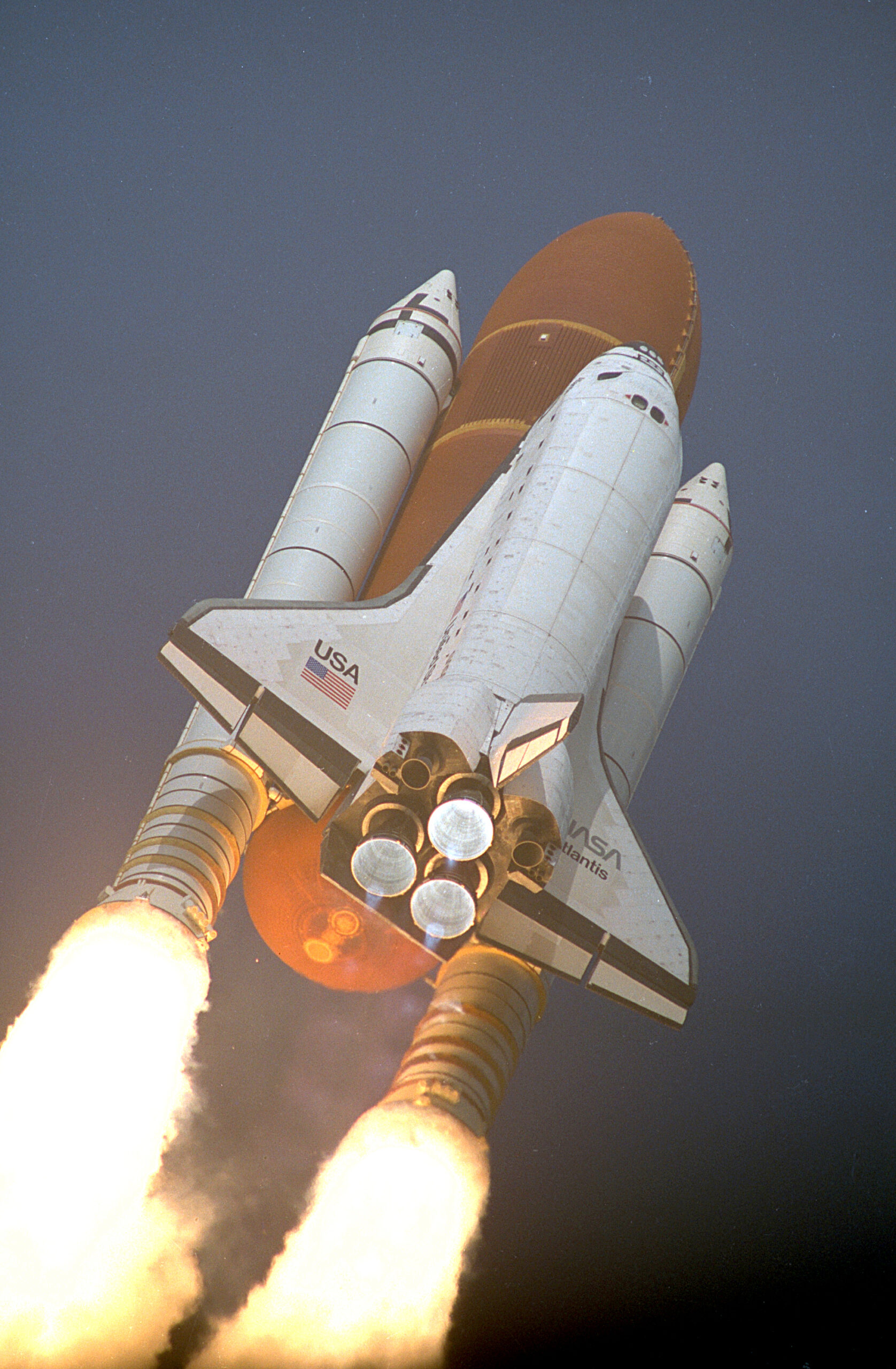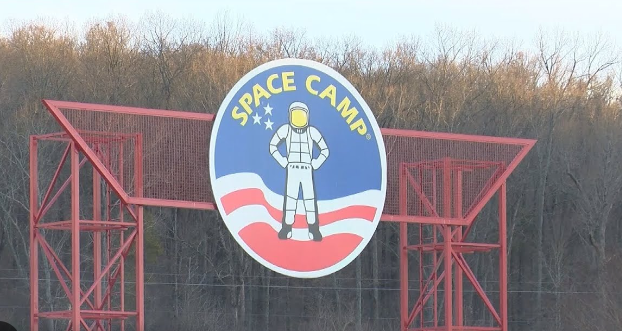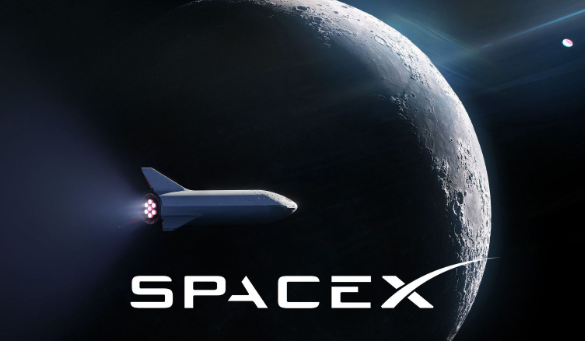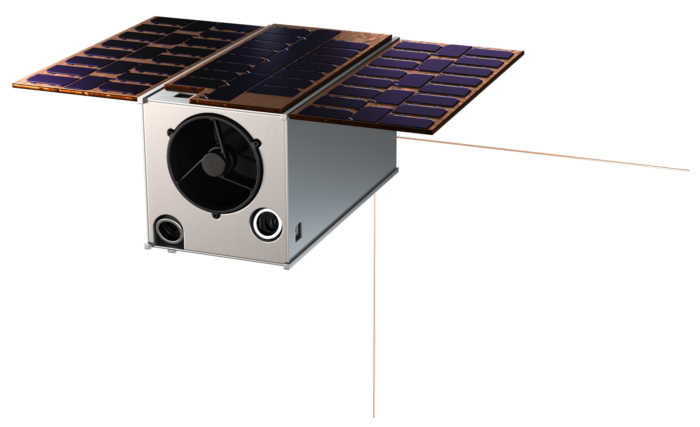by Julia Seibert
Houston, we have… billionaires? When the so-called space race between Jeff Bezos and Richard Branson and their respective companies kicked off in 2021, the idea of commercial companies sending people into space for profit seemed ludicrous. The richest of the rich taking joyrides in polluting rockets, leaving the rest of the world in the dust… the headlines basically wrote themselves.
While space tourism sounds like a frivolous affair, it is predicted to become a US $12.7 billion industry by 2031. The business model is simple: a multitude of flight options and falling launch prices, brought about by a thriving commercial space sector, entice rich customers harboring longtime astronaut dreams into buying a ticket. Besides the providers making a buck, this trend might have wider-reaching implications. An increase in human spaceflight – even if it is touristic – could bring about new developments in the field and change the landscape of the industry.
Space Travel
When human spaceflight took its baby steps in the 1960s, astronauts were an elite breed. Handpicked from various military programs and put through grueling training, the lucky few had to endure being crammed into a tin can and sent to our celestial neighbor with barely-tested technology. Today’s professional astronauts are hardly any different. Though their spacecraft have evolved somewhat, the sheer amount of skills, certifications, experience, and even physical aspects required for the job is baffling and simply impossible to attain for the average person.
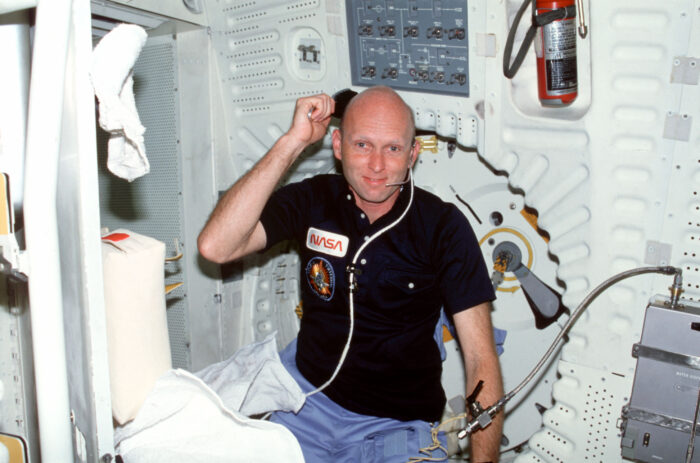
Changing this apparent inaccessibility of space was on NASA’s to-do list as the agency began launching the Space Shuttle in the early 1980s. After the moon landing, nobody seemed to care about space anymore; NASA’s budget took a hit and the country turned its attention elsewhere.
In the late 1970s, the US’s image was marred by the controversial Vietnam War, and its government looked to NASA to fix it. The idea was to fly citizens on the Shuttle to inspire the public and return America to its former, moon-landing-level glory. The PR strategy backfired tragically in 1986, when the crew of the Challenger – including citizen school teacher Christa McAuliffe – were killed in an explosion during ascent. The publicity of the event had created an intense pressure to launch, causing officials to overlook an issue with the vehicle.
The disaster led to a two-year pause in the program, but did not scare non-astronauts away from spaceflight. The Shuttle flew several more amateurs, including then-congressman Bill Nelson, who happened to sit on the committee overseeing NASA’s budget. However, it was the Soviet Union who laid the groundwork for modern-day space tourism.
In 1990, crippled by the failing economy, the Soviet space agency gladly accepted payment, an estimated US $35 million, to be exact, from Tokyo Broadcasting Station (TBS). A reporter from the station, Toyohiro Akiyama, then launched to the Mir station for a seven-day stay, aboard a Soyuz rocket plastered with sponsors’ logos.
In 2001, space tourism as we know it took flight with Dennis Tito. The American businessman paid space tourism company Space Adventures US $20 million to broker a deal with Roscosmos, the Russian space agency, to allow him to ride a Soyuz to the fledgling International Space Station (ISS) alongside two career cosmonauts. Despite some protests from NASA, he succeeded, marking the start of a new age of commercial spaceflight.
What Are Space Travel Companies
Space Adventures, who arranged another eight tourism flights with Roscosmos, is just one example of a space travel company. These firms can take many forms, but are defined by their mission to take humans into space. Some, like Blue Origin and Virgin Galactic, specialize in launching tourists into suborbital space to experience zero gravity for just a few minutes. Others liaise between the customer, agencies like Roscosmos or NASA, and contractors like SpaceX to organize touristic trips to the ISS. Others still look to provide a pleasant accommodation in orbit, and are planning stations that would put Earthly five-star hotels to shame.
Top 6 Space Travel Companies
Here are six companies for those planning a trip away from Earth to look out for – and by providing increased access to space, some of them might change our world, too.
Axiom Space
Axiom has its fingers in many space-related pies, including building a space station and designing NASA’s lunar spacesuits. One of its most popular services, however, is arranging flights to the ISS for private clients at US $55 million a pop. Despite costing US $150 billion to build, the station is not known for its luxurious amenities; its interior is cramped, messy, loud, and can smell like a toilet. Any other hotel would get crucified on Tripadvisor, but on the ISS, the views make up for it.
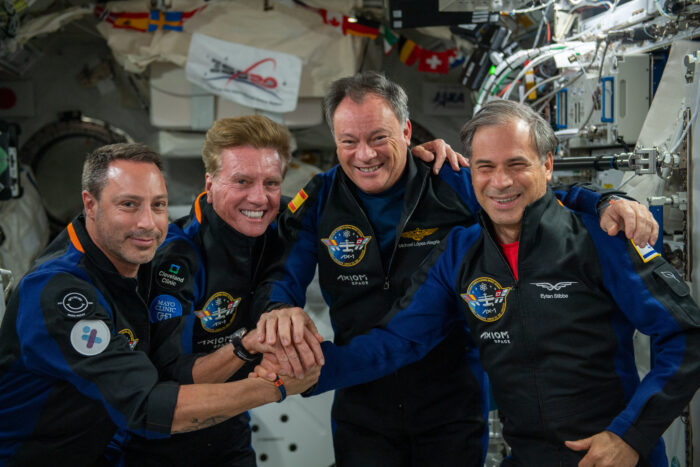
Axiom’s service is popular with philanthropists as well as countries without a large-scale space program such as Saudi Arabia, since the process is similar to that of governmental missions. After a training period, three amateurs and one experienced astronaut launch aboard a SpaceX Falcon 9 rocket and spend a week or so aboard the ISS conducting various kinds of research and outreach.
So far, the company has only one mission under its belt, wherein one career astronaut and three businessmen flew to the station in April last year. A second mission is scheduled for this spring, and two more are in the pipeline after that. Tickets are already selling like hotcakes, and candidates might even have to take part in a reality show to garner one.
Visit company’s profile page.
Blue Origin
Blue Origin is among the more prolific companies on this list, having completed six crewed tourism flights using its suborbital New Shepard rocket. The trips are quick and painless: after two days of training, up to six people sit in a capsule atop the booster and gaze out of the windows as the rocket ascends to over 100 km in altitude. The booster then separates from the capsule and lands itself while the capsule lingers for a few minutes, during which the passengers experience weightlessness. The capsule then parachutes down, the whole experience lasting only around 11 minutes.
Prices appear to be eyewatering, though Blue keeps mum about exact numbers. The 2018 plan was to sell seats at US $200,000 to US $300,000 apiece, but one ticket was reportedly auctioned off at US $28 million. As for when the next flight will be, details are unclear. The rocket has been grounded since a booster suffered an anomaly during an uncrewed flight in September last year, but the company hopes to fly again by the end of this year.
Along with its suborbital tourism hops, Blue is developing a reusable heavy-life rocket – New Glenn – as well as Orbital Reef, an orbital business-park-meets-tourism-destination partly funded by NASA. The station, which is expected to become operational in 2027, is a joint venture with Sierra Space, whose Dream Chaser spaceplane could become important to future touristic ventures. Sierra has also implemented an astronaut training program, which would train not only those aiming to work in space, but also ‘experiential astronauts’ who just want to see the sights.
Visit company’s profile page.
Virgin Galactic
Virgin Galactic offers a simple, no-frills journey to the edge of space. Its vehicle consists of two parts: a carrier plane and a spaceplane. VMS Eve, a twin-fuselage jet, carries VSS Unity, a suborbital spaceplane, to an altitude of around 80 km. This is the United States’ definition of space, as opposed to the internationally-recognized boundary of 100 km, the Kármán line. One flight takes 90 minutes, including about four minutes of weightlessness, and costs US $450,000 (upped in 2021 from the previous price of US $250,000).
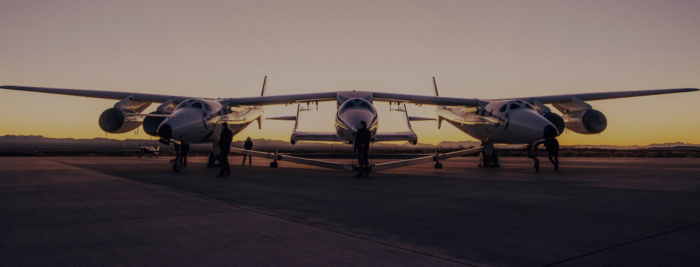
Virgin Galactic has had somewhat of a rough ride; founder Branson had hoped to have launched 50,000 passengers by 2019, but instead found himself a grand total of four – including himself – at the time of writing (excluding pilots and copilots). A disastrous 2014 test run killed a pilot, and after Branson’s own 2021 flight, the vehicles were described as ‘rickety’. They were subsequently grounded, and the company was hit by a series of hefty lawsuits. Though since cleared to fly, the company is still working on getting the spaceplane up to scratch, with no exact launch dates forecast yet.
Visit company’s profile page.
Worldview
Being an adrenaline junkie is not a prerequisite for spaceflight – just ask Worldview. The company aims to employ high-altitude balloons to offer a gentle, hours-long trip to the edge of space. Founded in 2012, Worldview specializes in remote-sensing balloons, but is venturing into tourism with its Explorer capsule. The luxurious pressurized craft comes complete with enormous windows, ‘plush, fully reclining seating for eight’, in-flight dining, a telescope, a concierge, and, of course, high-speed Wi-Fi.
Over the course of two hours, a balloon lifts the capsule up to about 30 km. The craft hangs here for a few hours, allowing passengers to soak in the views. Descent takes another hour, after which a parasail deploys from the capsule, resulting in a smooth touchdown.
A ticket will cost US $50,000, making Worldview’s service among the cheapest in the business. The comparatively low cost and gentle flight mean more people can partake in the venture, in line with the company’s aim “to give as many humans as possible the chance to see our planet from unprecedented new heights,” as CEO Ryan Hartman said in a statement. Worldview is accepting deposits for flights taking off from a variety of locations, including the Serengeti and the great pyramids of Giza, with the first trips to take place in 2024.
Space Perspective, a company established by two Worldview cofounders in 2019, offers a similar service, with one major difference: a price tag of US $125,000. Its flights are also scheduled to start in 2024.
Visit company’s profile page.
Orbital Assembly
Orbital Assembly’s Voyager Station, a planned luxury hotel in orbit, is likely the ritziest project listed here. It will accommodate up to 400 guests, and rotations of the station should produce ‘varying levels of artificial gravity’, a process never before implemented in space. A three-and-a-half-day stay aboard the station would cost a cool US $5 million, according to the company’s former chief executive, John Blincow.
Guests will get much bang for their buck: spacewalks, food prepared by out-of-this-world chefs, and live music are all part of the experience. “We want to have Sting come up and play, and Beyoncé… there’ll be two shows every night. That’s part of the entertainment package,’ Blincow says.
The company aims for the hotel to open its doors – or airlocks – by the end of the decade. To bridge the gap, Orbital Assembly is planning another smaller orbital hotel and research outpost: Pioneer Station. This will not be as all-out luxurious as Voyager and could only host 28 people, but might be operational as soon as 2025.
SpaceX
SpaceX is not a tourism company, but deserves a place on this list as it has launched more people into space than any venture mentioned above. The trusty Crew Dragon spacecraft and Falcon 9 rocket frequently shuttle people to and from the ISS, and the company’s system of vertical integration and partial reusability have drastically driven price down. In addition, being a private company as opposed to a government agency, reduces the bureaucratic headache for its customers, and increases access to space.
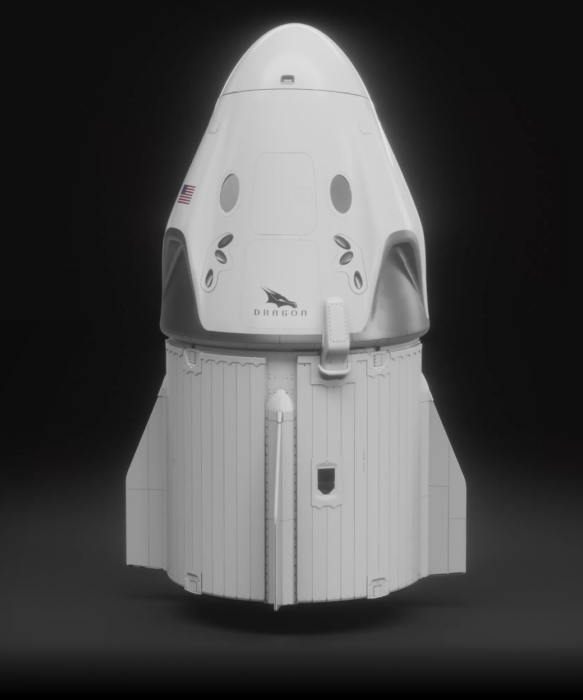
Case in point for this are 2021’s Inspiration4 and the upcoming Polaris missions, which are funded by American billionaire Jared Isaacman. He paid less than US $200 million for himself and three others to orbit the Earth for three days onboard the Crew Dragon; nobody onboard had been to space before. Launching customers using the Falcon/Dragon combo is also Axiom’s method of choice. SpaceX’s newest rocket, the still-prototypical Starship, has already been booked by Isaacman and Japanese billionaire Yusaku Maezawa for future trips, again with non-professional crews.
While billionaire-funded trips to space might not scream accessibility, a private, bookable spacecraft like Dragon opens space up to an entirely new audience. Budget-bound government entities are no longer the sole providers of launches, and passengers need not be hardcore astronauts. Without private launch firms, ordinary people like the Inspiration4 crew, which included an ex-cancer patient, might never get to experience space.
Visit company’s profile page.
Cost of Space Travel
As seen with the examples above, space travel is pretty pricey, though it used to cost much more. These days, a Falcon 9 launch costs about US $67 million. While hefty, it’s a bargain compared to the US $450 million for a Space Shuttle mission. The hardware, fuel, logistics, and several other factors can drive costs through the roof, but breakthroughs in technology, such as reusability, have led to much more competitive pricing.
Specifically, high costs are often caused by the hardships of sending someone into orbit, not to mention returning them safely. An incredible amount of energy is needed for a craft to reach orbital velocity, which means bigger rockets, more fuel, and more money. On the flipside, objects hailing from orbit reenter Earth’s atmosphere at incredible speeds. Reentry heat increases by the cube of velocity, resulting in scorching temperatures of around 1,500 °C that the spacecraft somehow needs to survive. Suborbital trips are not uncomplicated, but are a picnic in comparison, so these tend to come cheaper.
Will Space Tourism Become Afordable Any Time Soon?
It is unlikely that a hop to space will become as affordable as a weekend at the beach in the near future, but it has come a long way. A century ago, airplanes were still somewhat of a novelty, and just over twenty years have passed since the first tourist flew to space. While a new rise in spaceflight has led to a swathe of tourism ventures crawling out of the woodwork, most of these are still in their infancy. Once the growing pains have passed, their customers will likely remain rich – but perhaps not as rich as once imagined.
Take airplanes as a guideline. A coast-to-coast roundtrip cost US $260 in 1917, translating to US $6,652 in 2023. Today, a quick search of a budget airline’s flights will show prices as low as US $83 for the same trip: a 98.8% decrease. Apply this drastic development to spaceflight, and a US $450,000 spin on Virgin Galactic’s spaceplane may cost as little as US $5,615 in the distant future. Even today, SpaceX’s US $67 million per launch already signifies a roughly 85% drop compared to the Shuttle’s US $450 million, so the trend is already well underway.
Final Verdict
Space tourism is easily dismissed as a ditzy venture for the rich. But while this is not untrue, it also creates something incredibly important to manned spaceflight: demand. Satellites and scientific probes are a goldmine to governments and private companies alike and are now relatively easy to launch, but sending people is dangerous and often not worth the risk.
Tourism changes this. Demand for access to space, cheaper launches, and even orbital hotels push technology forward, which can help bring about scientific breakthroughs. Stations like Orbital Reef are a key example of this, coupling government contracts with demand for tourism, research, and even manufacturing to finance itself. Touristic demand could even help fuel space colonization. SpaceX CEO, Elon Musk has suggested offering US $100,000-tickets – return included – to people wanting to experience life on Mars.
Above all, though, tourism will allow more people to experience space. Even if this remains its only achievement, that alone might make it worthwhile.
Featured image: Space Shuttle Atlantis. Credit: NASA
If you found this article to be informative, you can explore more current space news, exclusives, interviews, and podcasts.
Share this article:
